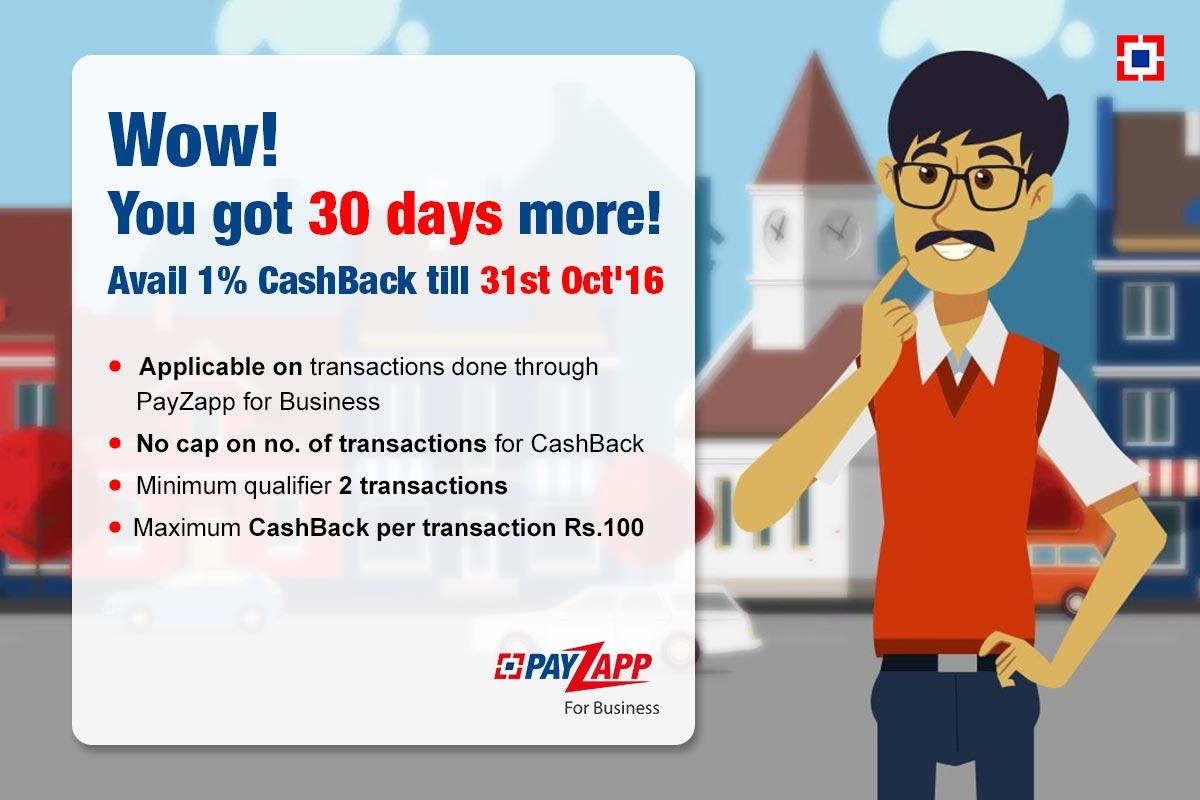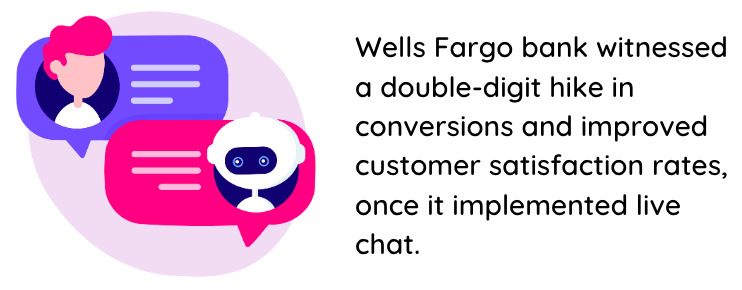5 Bank Marketing Strategies to Enhance Online Banking Experience

Reading Time: 7 minutes
| 👉 Download Ebook – Creating the perfect customer-centric banking experience 👉 Download Guide – Winning Customer Experience in Financial Services in 2021 |
A digital marketing strategy for banks involves leveraging online channels to attract and engage potential customers, build brand awareness, and increase customer retention.
Some critical components of digital marketing strategies for banks include:
- Defining and segmenting customers based on their behavior, attributes, and action taken on the app.
- Developing a solid online presence through website design and search engine optimization.
- Utilizing social media platforms for communication and engagement.
- Implementing email marketing campaigns.
- Leveraging data analytics to measure performance and optimize marketing campaign strategies.
A comprehensive digital marketing strategy can help banks effectively reach and engage with customers in an increasingly digital world.
Recommended read: Explore emerging patterns in omnichannel banking in fintech, trading, investment, payment, and banking industries in this ebook.
PwC’s 2017 Digital Banking Consumer Survey enlightens us about the rapidly changing behavior of the digital banking customer. The report specifically refers to the rise of a new breed of customers labeled ‘omni-digital’ or those who only use mobile, PCs, and tablets to conduct their banking, avoiding physical channels of banking altogether.
At a time when fintech organizations have turned the financial industry on its head through digitization at every level, banks must recapture the attention of their prospects. Interactive digital marketing strategies can help financial institutions grow their market share while significantly increasing customer satisfaction.
To keep up with the changing requirements of their customers, many banks have already adopted a mobile-first approach, and others are working towards it. With a lowering attention span, banks need to recapture the attention of their prospects in a mere eight seconds if they wish to beat the competition and improve their customer satisfaction rates and bottom line.
Here are five marketing strategies that will help you redesign your customer experience as per your customers’ tastes:
1. Simplify Financial Concepts with Explainer Videos
Owing to exceptionally short attention spans, it is rare that your customers would read through lengthy paragraphs doling out technical information about financial plans. Even if they do, most of the information may not make any sense to them.
According to research, more than 50% of website visitors leave a site within 15 seconds. To avoid this, many companies are sharing short videos on their website.
Featuring attractive graphics, an easily understandable script, and some feel-good background music, these videos are perfect to draw the attention of your customers, while simplifying complex financial concepts.
You can also tap into the power of influencer marketing to take your brand to customers. According to a report, ‘92% of consumers trust recommendations from others, even people they do not know, over branded content.’
Financial explainer videos can be a successful digital marketing campaign for banks in several ways: helping them to communicate complex financial concepts, build brand awareness, engage customers, and improve their online visibility.

A report by TD Bank indicates that a majority of millennials believe they could benefit from some advice on financial topics like savings (32%), credit cards (26%), and creating a budget (30%). Another study by FINRA indicates that millennials find educational content quite appealing due to their lack of financial security.
Thus, by choosing the right influencers, such as professional advisors, financial bloggers, and industry experts, you can teach your consumers about your products, while subtly driving their purchasing decisions in your favor.
2. Make Your Website the Main TouchPoint for Customers
The digital generation wants to have minimal interaction with business representatives to solve their problems while using a product or service. A large percentage of Generation Z participants in a PwC survey, stated they prefer to find information online and cope with problems themselves.
Thus, instead of expanding your customer support staff, you must invest in technology that offers 24/7 access and self-help options on your website.
Live chat technology can be an interesting feature to escalate your customer experience significantly. According to Forrester, 44% of online consumers say that having questions answered by a live person during an online purchase is one of the most important features a website can offer.
Chat technology can be a successful digital marketing strategy for banks to improve customer engagement and build brand loyalty. Chat technology uses AI-powered chatbots, live chat, and messaging apps to interact with customers. The key benefits of implementing chat technology in the banking sector include improving customer service, reducing response time, and increasing customer satisfaction.
Chat technology can also provide customers with personalized recommendations and financial advice based on their transaction history and behavior, increasing customer retention. Additionally, it can enable 24/7 customer service availability and reduce operational costs. Chat technology can be integrated with various messaging platforms, such as WhatsApp, Facebook Messenger, and WeChat, allowing customers to interact with banks in their preferred channels. However, banks need to ensure the security and privacy of customer data when implementing chat technology. Chat technology can be an effective digital marketing strategy for banks to improve customer engagement, build brand loyalty, and stay competitive in the digital era.
Some financial websites also include an FAQ section that addresses the most common questions asked by clients. The data shared during live chats can also make for a useful repository of information that could be used to build your FAQ section, or even train a chatbot to engage your customers 24/7.
Talking of chatbots, HDFC Life adopted India’s first life insurance chatbot that acts as a financial guide to help users choose the most suitable life insurance plans and solutions.
This chatbot assists customers with insurance advice from Health to Tax Planning and Retirement. The assessment is based on a simple 60-second quiz that enables the bot to compute the Insurance Quotient of a customer. Based on this score, HDFC Life can recommend the best-suited insurance plans for the customer.
Not surprisingly, this creative solution by HDFC Life has connected well with the users. According to a report, 8.03% of users express an intent to purchase the product after interacting with the bot, while traditional web-based forms only generate up to 2 percent interest.
3. Create a YouTube Channel For Information Rich Content
According to research, 72% of consumers prefer to use a video to learn about a product or service than any other channel. Sounds promising, doesn’t it?
Take a look at what HDFC did to promote PayZapp.
They created a short 28-second video with a famous celebrity, that shows how users can make use of PayZapp in their daily lives in a very relatable and entertaining manner.

Do you already have a YouTube channel for your brand? Here are some tips for creating engaging content for users:
- 68% of consumers find educational and informational content more valuable. This is great for financial brands who can create how-to content, tutorials, and data-driven content to help users, and promote their services.
- Research says that videos between 16 to 120 seconds generate almost 50% of all YouTube views. So keep your videos short and sweet, yet full of useful information for users.
- Another winning strategy could be to conduct live Q&A sessions and webinars on your YouTube channel, to spread financial awareness while also sharing information about your products.
4. Email Marketing
Despite so much technological advancement, email marketing remains one of the most engaging marketing channels to provide valuable information to customers. According to data, businesses generate a return of $38 for every $1 spent on email marketing on average.
Now you can get more out of email by integrating it with your other marketing channels, to automate your sales cycle and lead nurturing efforts.
Integrating email can enable you to create personalized customer profiles, providing valuable information on your customers’ spending and saving habits. With this information, you can create customized messages relevant to your customers instead of sharing one-size-fits-all email messages that may irritate some customers.
Don’t forget to add the logo of your bank and include it in your emails which will help stay in the minds of your customers!
Here’s how email integration can can help financial marketers:
- Segment your audiences into smaller groups based on their buying behavior.
- Create targeted content for different segments to improve conversions.
- Get sophisticated email reporting to receive insightful information about your customers.
- Keep your customer data up to date through automatic synchronization of data.
5. Mobile Marketing
A mobile-friendly website is a prerequisite for any business, including banks.
According to an infographic by Formstack, 57% of internet users won’t recommend a business with a poorly designed website on mobile. The same infographic says that 46% of shoppers are less likely to shop around for other options when they are using a company’s mobile app.
Besides, a well-designed mobile platform can be used to share information with clients while also sending them reminders about their pending bills and payment updates, to make them feel cared for.
A mobile app can also be used for in-app marketing to deliver a highly personalized product or service-related messages to a customer’s device, as it is easier and less expensive to up-sell and cross-sell current customers than to acquire a new customer.
With in-app marketing, it is possible to share information about ancillary products while a customer is using the app, boosting the engagement and visibility of your products.
Mobile marketing for mobile banking refers to using mobile devices and channels to promote banking products and services, engage with customers, and drive customer adoption of mobile banking apps. It includes strategies such as mobile app advertising, push notifications, SMS marketing, and mobile-optimized email campaigns. Mobile marketing for mobile banking is becoming increasingly important as more customers prefer to manage their finances on the go using their mobile devices.
Conclusion
In the present era of instant gratification, banks need to up their game to create an ‘omnichannel‘ presence where they can offer a seamless experience to their customers, 24/7. It is also necessary to simplify financial transactions and bring them online to prevent your clients or potential clients from jumping through hoops, which can significantly improve your customer satisfaction rates.
Leading banks have adopted the abovementioned strategies to boost their business and enhance customer relationships effectively. If you have more points to add, share the knowledge by leaving comments in the section below.















